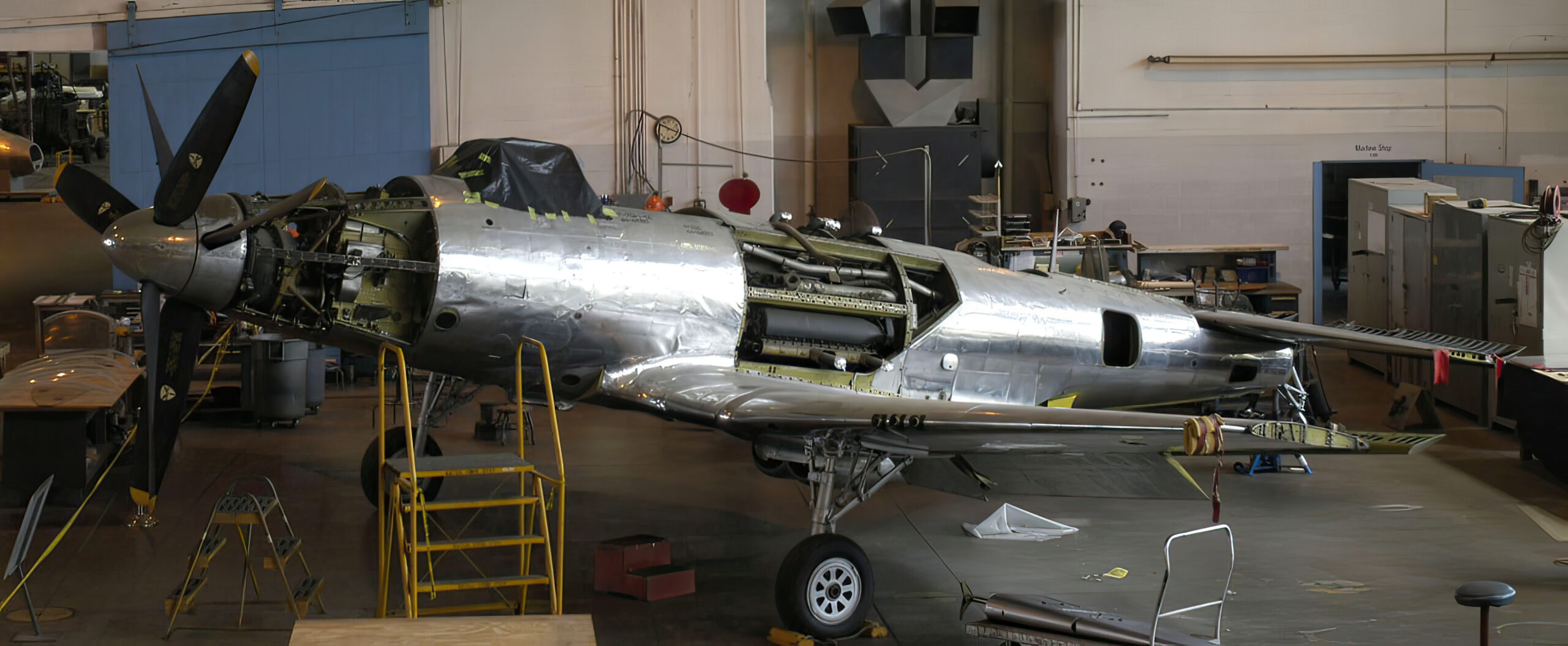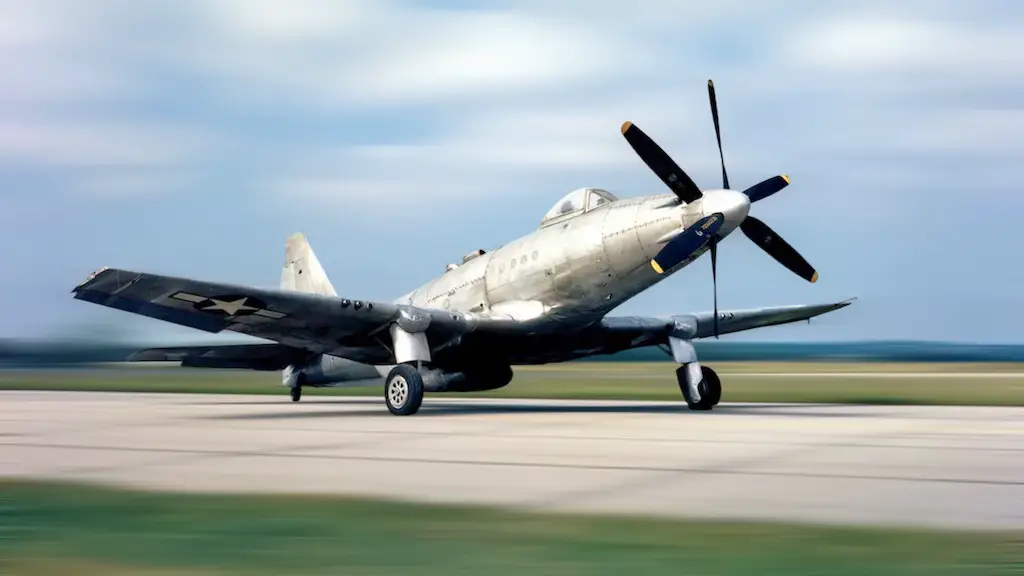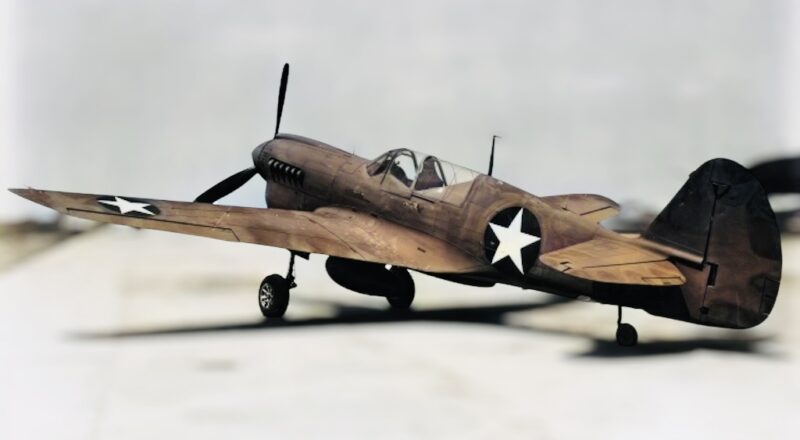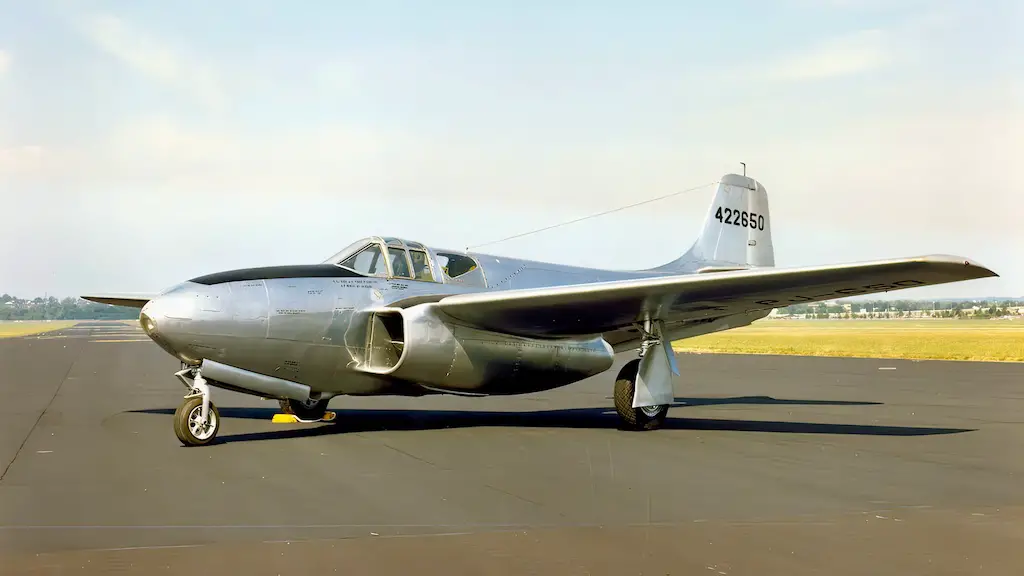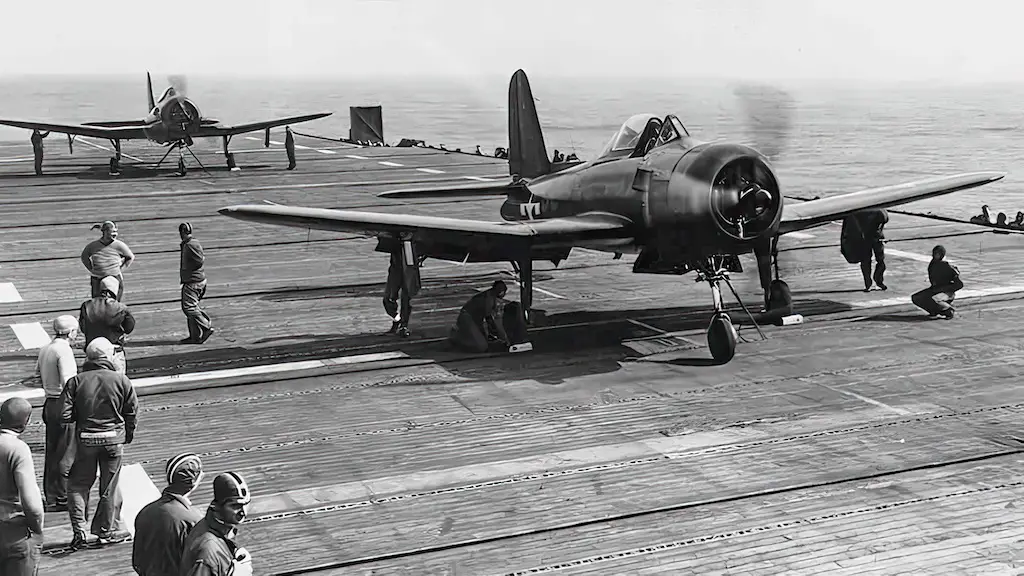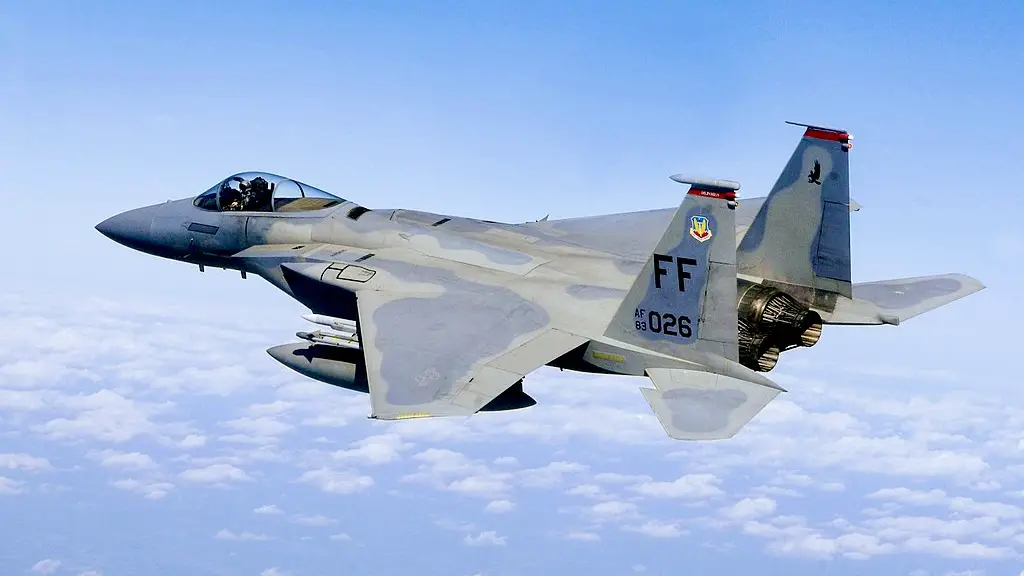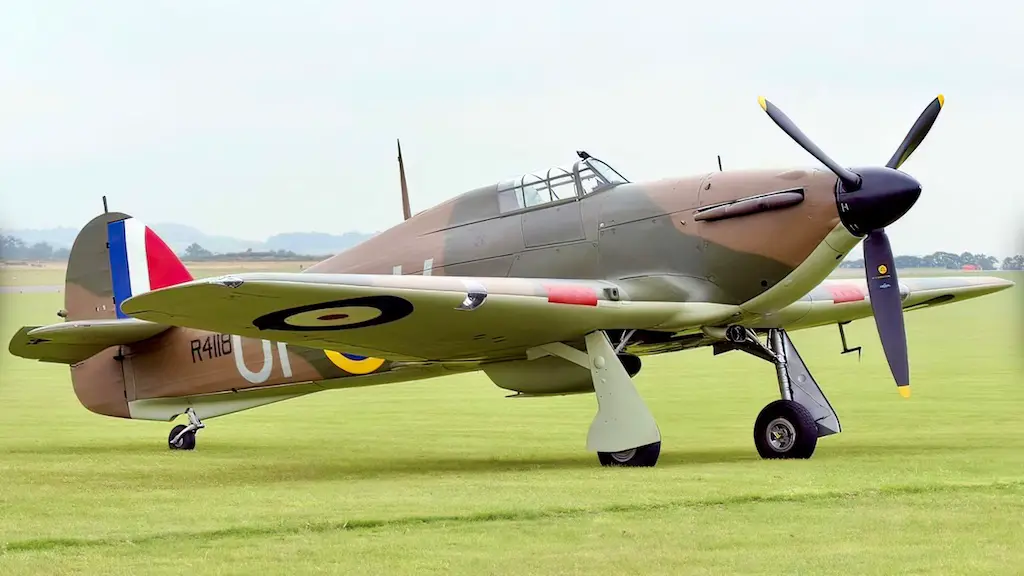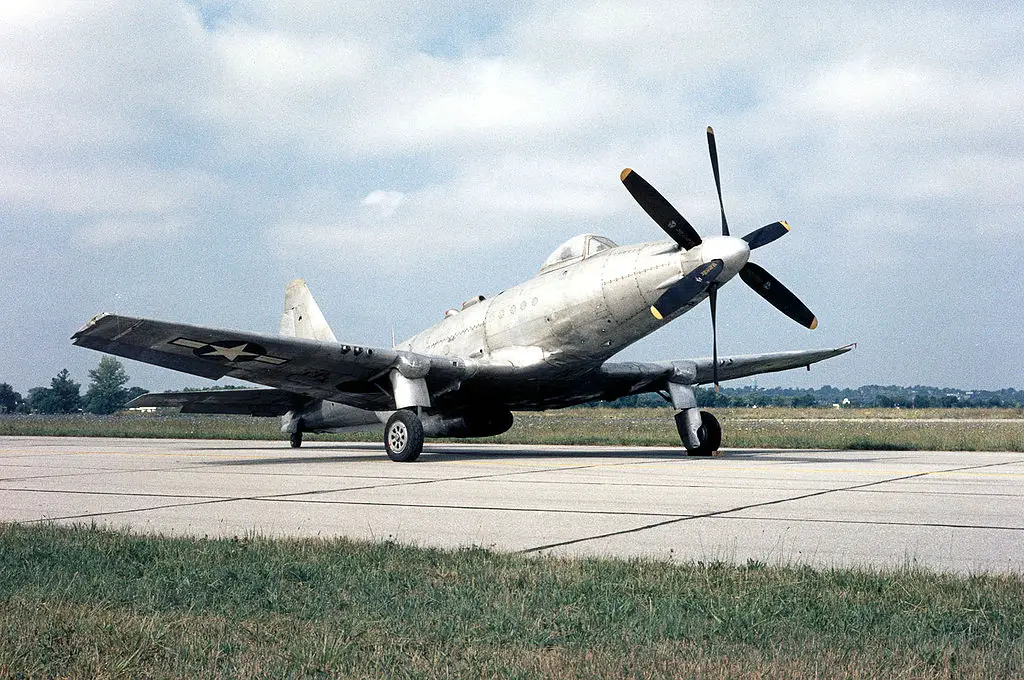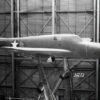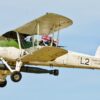Two Engines Are Not Always Better Than One
In the midst of the tumultuous and harrowing days of World War II, the Fisher Body Division of General Motors soared with their groundbreaking fighter aircraft, the Fisher P-75 Eagle. This awe-inspiring machine boasted an exceptional powerplant that originally utilized the Allison V-3420 engine. The engineers combined two V-1710 engines into one to grant the P-75 with unparalleled performance at high altitudes. However, the engine proved unreliable despite the grandiose aspirations of the engineers, and they ultimately substituted it with the Pratt & Whitney R-2800.
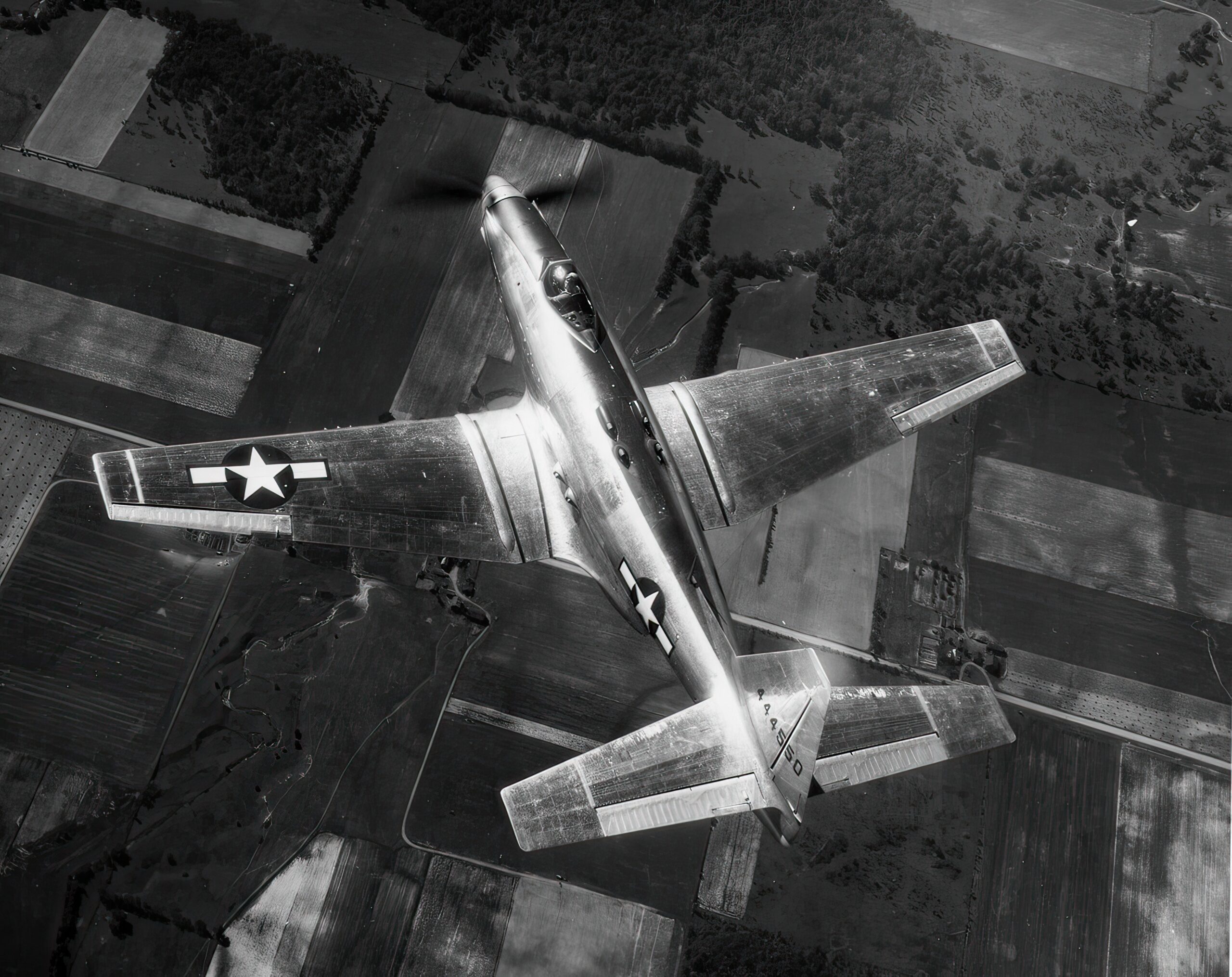
But the P-75 was not merely a one-dimensional wonder. Its innovative “pusher” design positioned the engine behind the cockpit, and the propeller propelled the aircraft forward. This exceptional design improved the pilot’s visibility and lessened the aircraft’s susceptibility to enemy fire. Nevertheless, like all things in life, there were drawbacks. The “pusher” design caused significant drag on the aircraft, leading to decreased performance. Nonetheless, the Fisher P-75 Eagle stands as a tribute to the resourcefulness and valor of those who fought for freedom during one of the bleakest periods of human history.
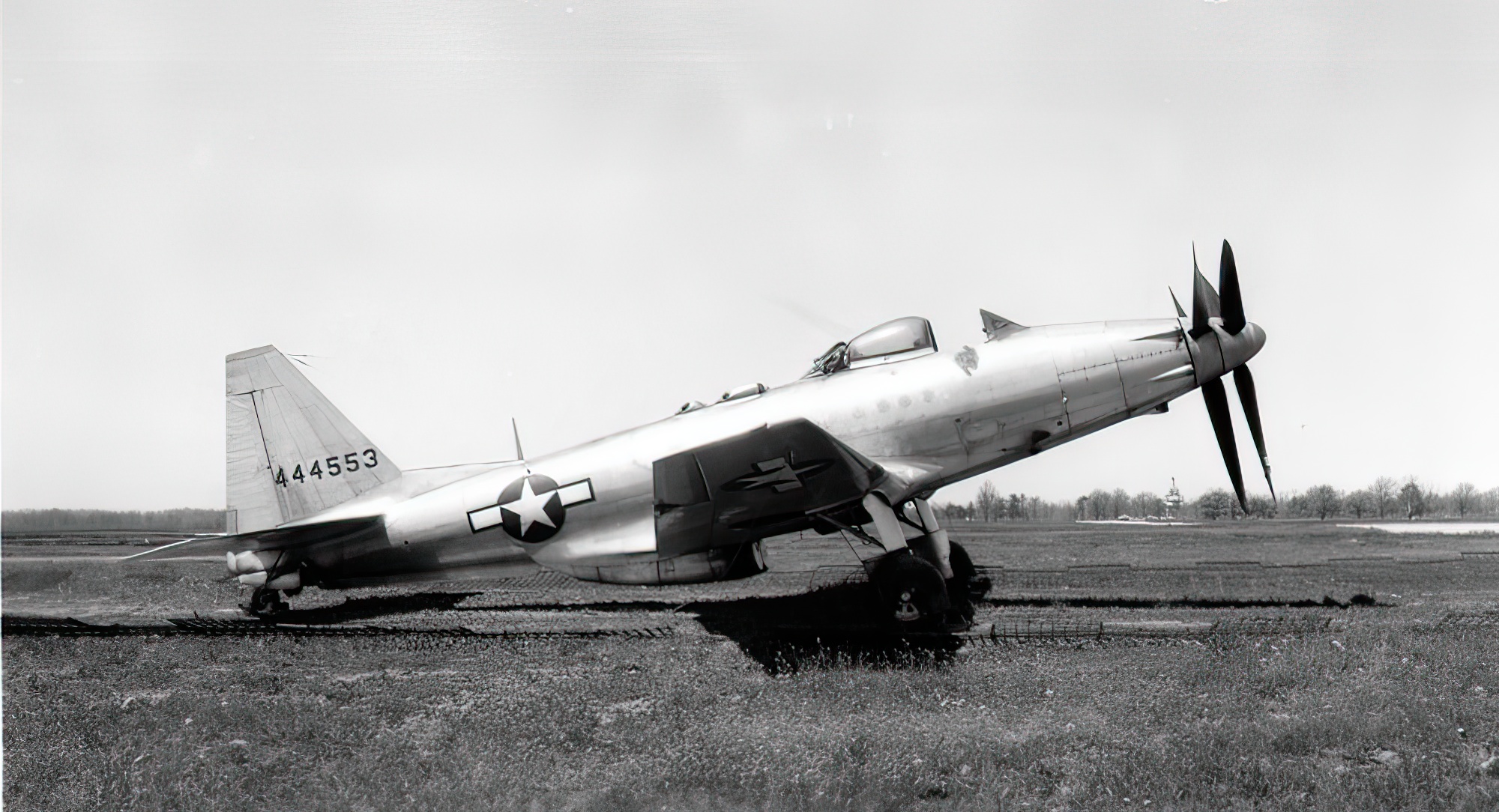
Development
The Fisher Body Division of General Motors was tasked with a monumental challenge during the Second World War: to create a high-altitude interceptor aircraft for the US Army Air Forces. Thus, the Fisher P-75 Eagle was born. In a stroke of innovation, Fisher’s design proposal featured a “pusher” engine configuration, with the engine situated behind the cockpit and the propeller pushing the aircraft forward. The original plan was to use the Allison V-3420 engine, which boasted the extraordinary combination of two V-1710 engines into one, promising unparalleled performance at high altitudes.
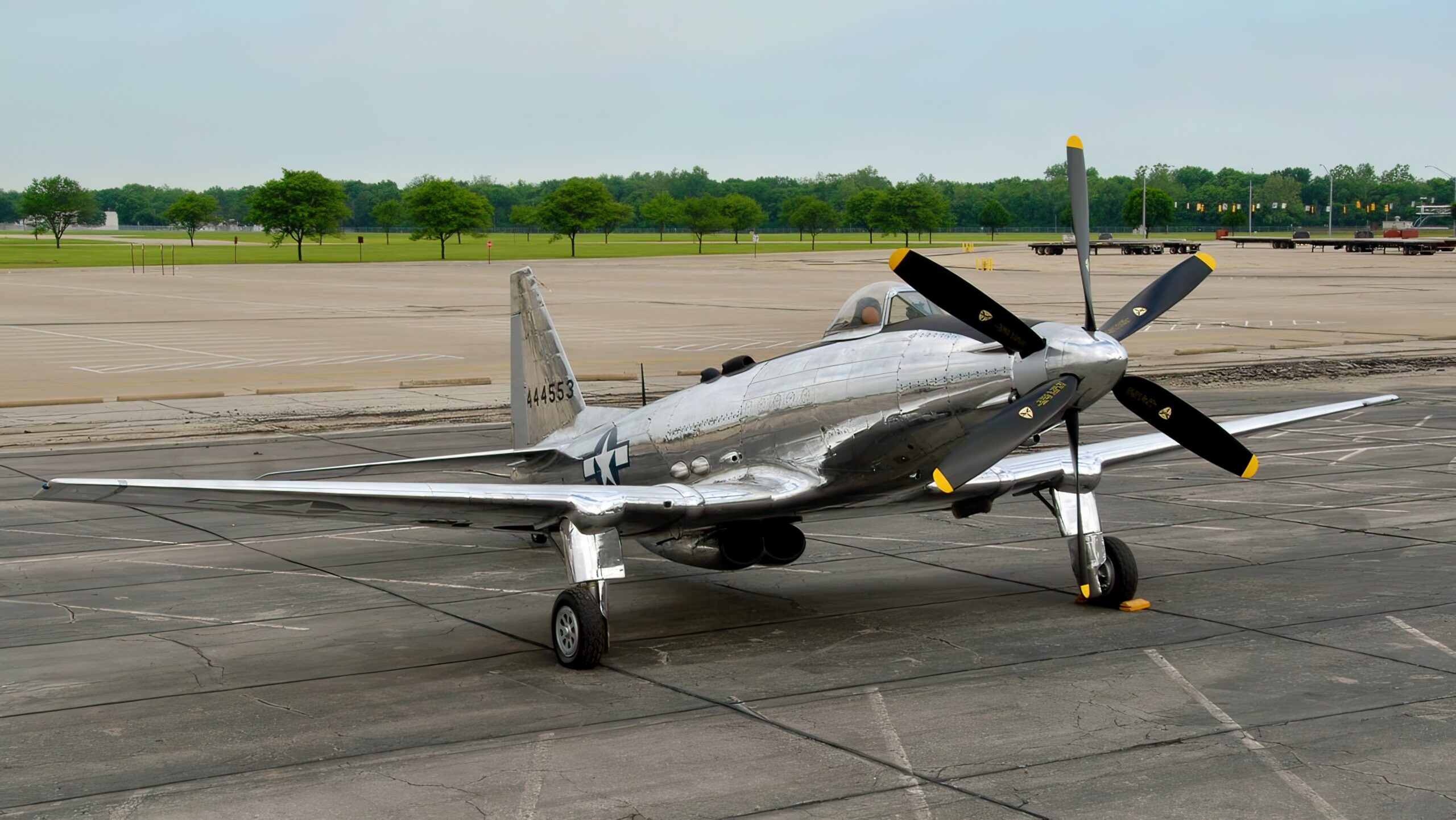
However, the engine proved to be unreliable, leading engineers to replace it with the Pratt & Whitney R-2800 engine after only two prototypes were built. Despite the modifications made to enhance the P-75’s overall performance, like increasing the fuel capacity and enlarging the wing area, the aircraft’s performance remained insufficient. Ultimately, the US Army Air Forces discontinued production of the P-75, shifting their focus towards other aircraft designs. A mere 44 P-75s were manufactured, and none of them ever saw combat in the war. The Fisher P-75 Eagle may have been a valiant effort, but it was not enough to meet the demands of the times.
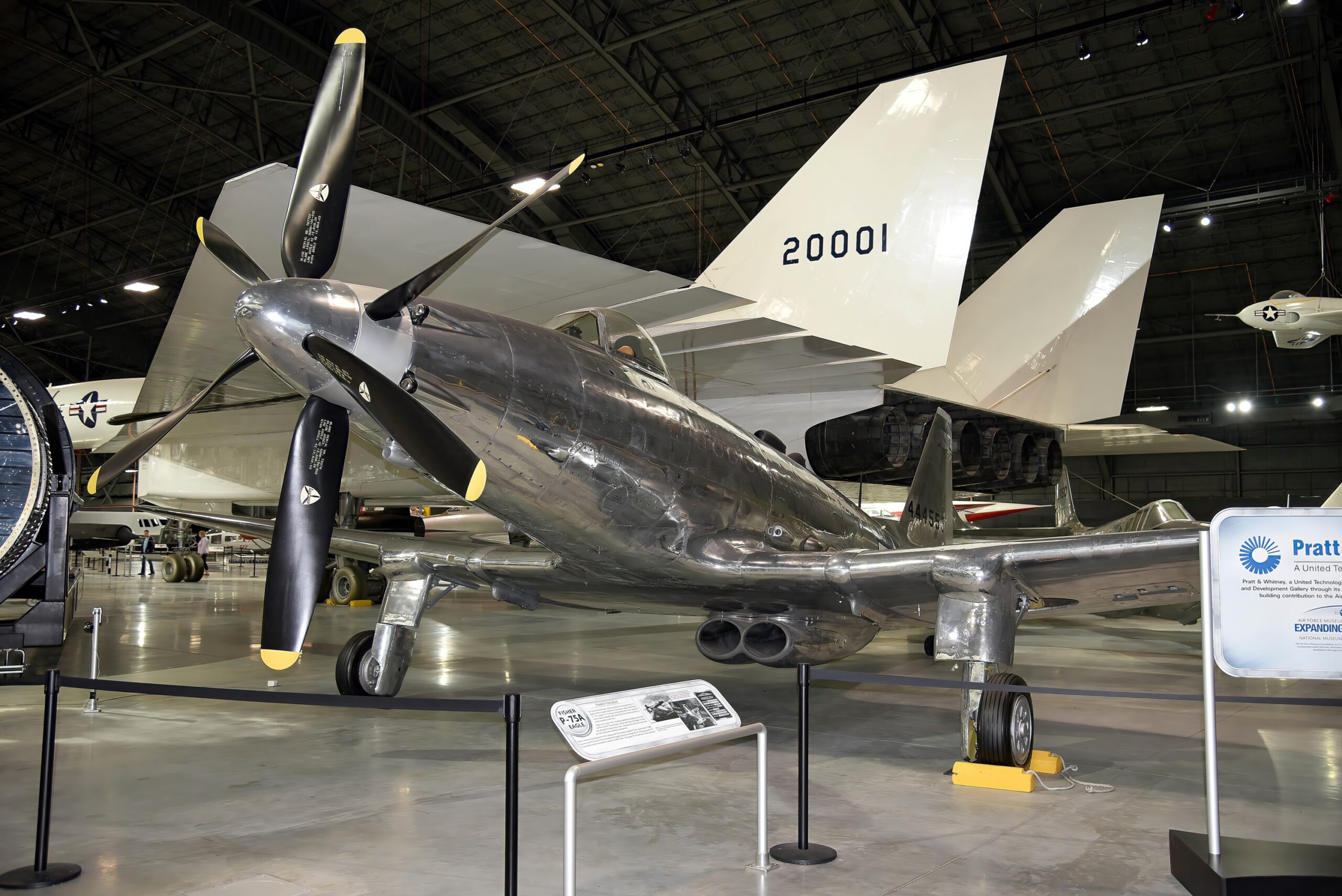
Flaws
The Allison V-3420 engine, a formidable powerhouse at high altitudes, proved to be a thorn in the side of the P-75. Its initial promise was overshadowed by its mechanical unreliability, which caused significant headaches for those who relied on it.
Adding to the P-75’s troubles was its “pusher” engine configuration, which caused a drag that was nothing short of cumbersome. The engine placement, behind the cockpit, meant that the propeller pushed the aircraft forward, with mixed results. While it did improve the pilot’s field of vision and reduce the aircraft’s vulnerability to enemy fire, it ultimately hindered the P-75’s overall performance.
To address these issues, engineers attempted to make modifications, such as increasing the wing area and fuel capacity. However, these changes proved to be insufficient in boosting the P-75’s capabilities. As a result, the US Army Air Forces made the difficult decision to cancel the aircraft’s production and focus their efforts on other designs that better met their needs.
